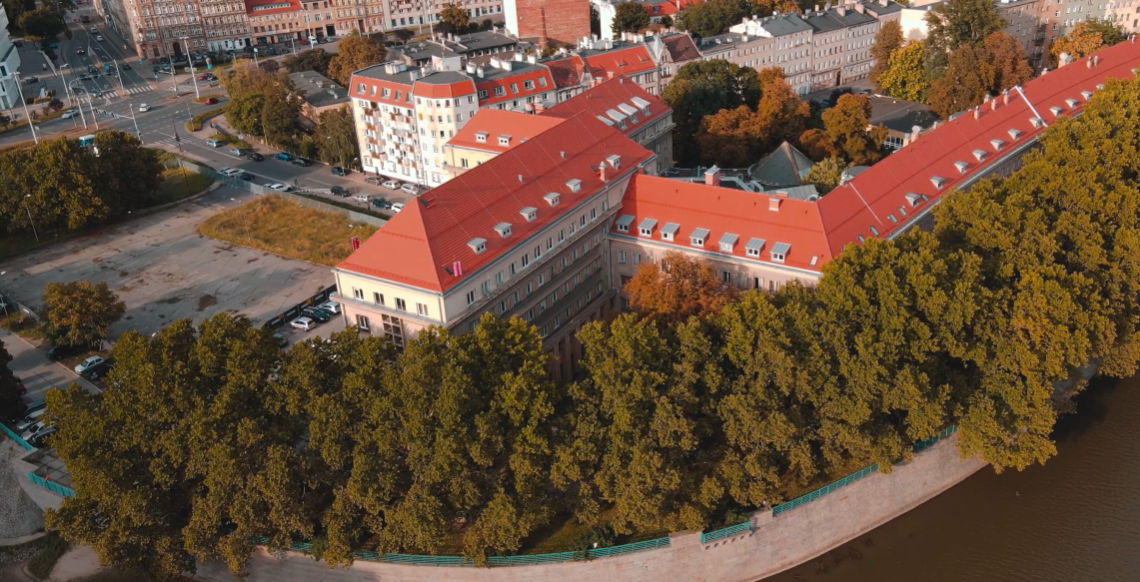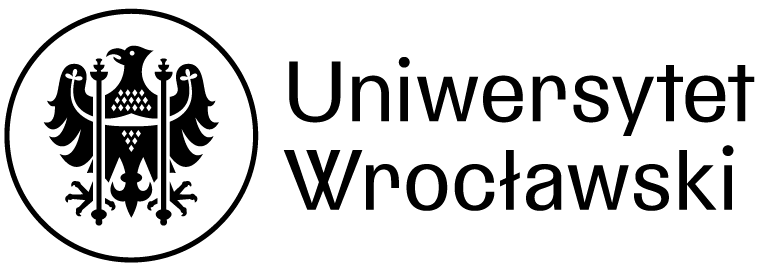
About the institute
The Institute conducts research in the fields of physics and chemical physics of solid surfaces, dielectric physics, condensed matter studies using nuclear spectroscopy methods, and didactics of physics. In the course of research tasks carried out, the Institute educates students on three levels: bachelor, master, doctoral. Employees of the Institute take a leading part in educating teachers of physics and actively popularise knowledge of physics.
Research on solid surfaces focuses on the atomic and electronic structure, topography, chemical composition, mechanisms of adsorbate growth, and interatomic interactions in adsorption layers and at the boundaries of phase systems. Experimental research is carried out in ultra high vacuum, in liquids (solutions), and in open air using advanced research techniques. The research uses, among others: scanning tunneling microscopy, atomic force microscopy, low energy electron diffraction, X-ray and ultraviolet excited photoelectron spectroscopy, Auger electron spectroscopy, mass spectroscopy, cyclic voltammetry. Theoretical research, based on first principles calculations, molecular dynamics, and statistical methods, concerns the properties of materials and their structure, as well as low-dimensional structures formed at surfaces and phase boundaries.
Research in the field of dielectric physics concerns ferroic phase transitions as well as dielectric, electro-optic, and thermal properties of new materials, including ones synthesised at the Institute. The equipment we own makes it possible to measure dielectric and optical properties in a broad spectrum of frequencies and temperatures.
The research using nuclear spectroscopies applies positron annihilation and the Mössbauer effect methods. Both methods are used in studies of thermodynamic, structural, and electronic properties of metals and alloys.
Research in the field of didactics of physics focuses mainly on the issues of multimedia support of processes of teaching and learning physics as well as the role of history and methodology in educating teachers of physics.
